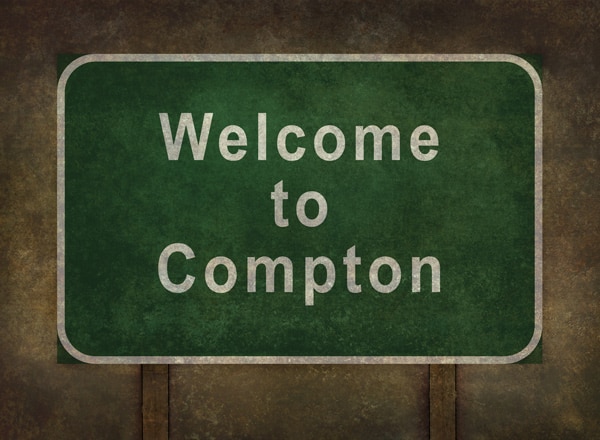Stakeholders are the glue that firmly holds a nonprofit organization together because they represent both the people who influence and are impacted by your organization’s actions. As such, your stakeholders are a vital part of mission fulfillment and major players in your overall success.
What’s important to understand is that the choices you make have a powerful ripple effect—good or bad— across everyone who is close to your cause. This can include board members, the people or communities you serve, donors (individual and corporate), foundations, and others who have a stake in your efforts. Properly managing stakeholders’ involvement in the organization can make a huge difference in the causes you undertake, the effectiveness of those programs, and fundraising efforts.
Key to success is proper and equitable management of stakeholders. Effectiveness, accountability and ethics are all core areas of concern within any nonprofit, and stakeholders help to balance each. That’s why it’s critically important to know who your stakeholders are and identify ways to work with them to improve overall decision making and fuel long-term success and sustainability.












